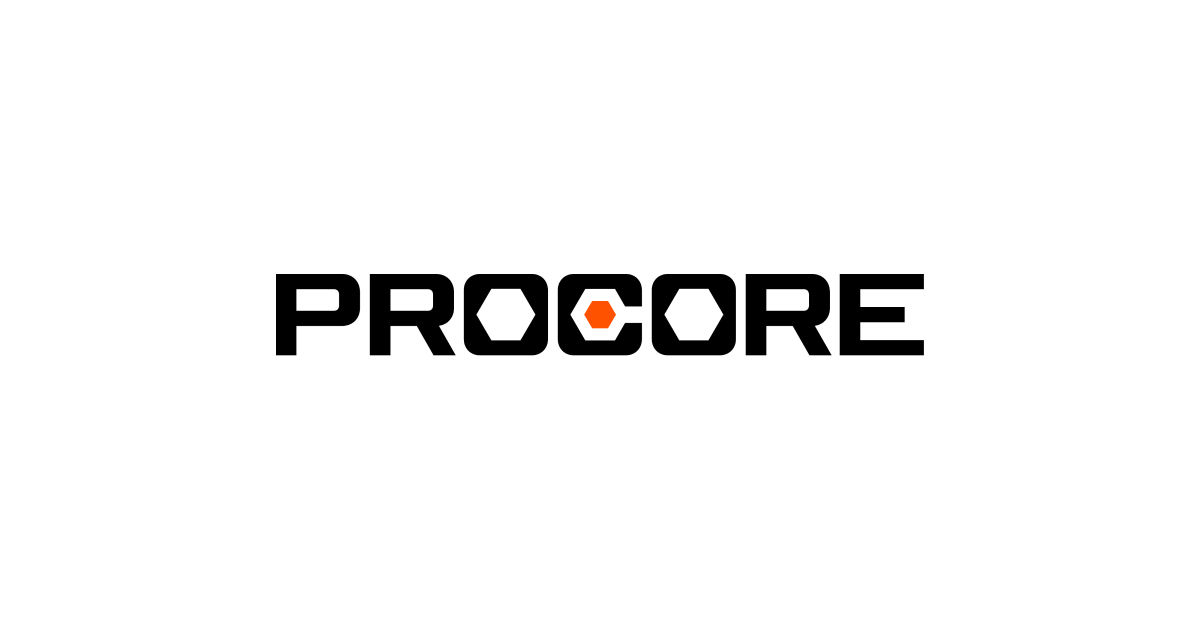Canadian Construction Trends and Opportunities to Watch for in 2025: Procore

February 24, 2025
By Nolan Frazier, Regional Sales Director, Canada at Procore

It’s a new year – and as construction organizations navigate issues such as the skills gap, efficiency, sustainability, and more, it’s a great time to have a look ahead at some of the trends and areas we see affecting the industry in 2025.
This year presents significant opportunities for Canada’s construction sector, especially for organizations that are willing to embrace digital transformation and capitalize on government infrastructure investments. Technology adoption, regulatory reform, and a focus on sustainability offer pathways to overcoming long-standing productivity gaps.
In particular, we expect AI will continue to make inroads and have a greater impact on the jobsite, from daily operations to enhancing overall productivity. The labour shortage and skills gap will continue to affect construction this year, but we’re seeing conversations and approaches shift to address it. We’ll also see different approaches in the areas of efficiency and budget management, along with other innovations on the jobsite.
Here are some areas the Procore team is keeping an eye on for 2025, as well as some opportunities we see for the year:
The Impact of AI
AI Agents and Workflow Automation: This year we’ll see AI agents become standard in automating repetitive tasks such as writing RFIs, design versioning and project setup. By making it easier for teams to focus on higher-value tasks, these agents will empower construction teams to boost efficiency and streamline workflows.
New Approach to AI and Data-Driven Decision-Making: As generative AI becomes more mainstream, construction professionals can interact with software through natural language, making it easier to gain insights and make data-driven decisions. This solution will allow project managers to ask questions directly to the AI agent and receive instant, customized responses – a game changer for daily operations and productivity.
Generative AI as the Interface for SaaS Platforms: Generative AI will redefine how construction professionals interact with software platforms. SaaS products will rely more on natural language commands to trigger actions in 2025. This in turn will make them more intuitive and customizable for specific industry needs. We’ll see this shift lead to greater adoption, especially as companies see the benefits of voice-driven interactions in managing projects.
Labour and Skills Gap
Revolutionizing the Skill Gaps: Leaders who embrace inclusive cultures and proactive tech solutions see greater workforce stability, a critical advantage in today’s competitive environment. As the workforce shortage intensifies, we’ll see construction organizations that prioritize upskilling and integrating diverse talent finding an edge over those relying on traditional methods.
Workforce Transformation and Upskilling with AI: AI will accelerate workforce development by helping new employees become experts faster through AI-driven training and recruiting tools. In 2025, expect companies to leverage generative AI for onboarding, training, and upskilling to help bridge the labour gap and improve overall productivity.
Maximizing Efficiency and Budgets
Efficiency takes Centre Stage: With economic pressures mounting, we’re seeing construction organizations turning to data-driven tools to do more with less, improve resource use, and cut costs. In 2025, we can expect widespread adoption to streamline project management and boost performance across the board.
Impact of Regulatory Standardization: Collaborating with the government to standardize building codes, permitting, and licensing processes across provinces will unlock efficiency and reduce barriers that have been preventing firms from scaling and adopting innovative practices.
Vertical Integration Grows: To protect their margins, general contractors and trades are bringing design and construction services in-house, to control costs and navigate current economic challenges. This year, more firms will vertically integrate to shield themselves from economic fluctuations and maximize profits.
Innovations on the Jobsite
Connected Sites with IoT and Wearables: We’ll see a shift in job site technology in 2025, as wearables and IoT devices become commonplace. By collecting real-time data on worker safety and equipment tracking, these technologies will enhance project efficiency and make site operations more transparent, shaping the future job site.
Sustainable Innovations on the Rise: With more industries pushing for environmentally responsible practices, construction is set to embed sustainability into design and material selection. By leveraging a construction management platform, companies can align diverse teams to implement green solutions, from renewable-powered data centres to nuclear-powered projects that set the stage for a more sustainable future.
Additional Considerations for 2025
In addition to the trends mentioned above, there are great opportunities this year for Canadian construction that should also be considered. For example, contractors have an enormous opportunity to participate in public projects in 2025, especially with both federal and provincial governments planning large-scale infrastructure projects across sectors such as transportation, energy, healthcare, data centres, and public utilities.
While this might put additional strain on the labour shortage, it can be overcome in part by proposing and developing creative delivery models—such as public-private partnerships (P3s), integrated project delivery (IPD), and other collaborative procurement strategies—that optimize resources, reduce timelines, and improve outcomes.
This also opens doors for the government to explore alternative procurement strategies to attract more bidders, streamline processes, and mitigate the pressure on labour supply. These alternative approaches can create room for smaller contractors to uplevel their experience and gain involvement in large public projects, expanding the pool of firms capable of handling significant workloads.
By refining their project delivery models, contractors can demonstrate their capacity to handle complex, large-scale projects, enhance their competitiveness, and meet the growing demand for infrastructure across Canada.
The industry continues to progress, and organizations that keep the above on their radar will be better prepared to address challenges and take advantage of opportunities in 2025…and beyond.




![Guide to the Canadian Electrical Code, Part 1[i] – A Road Map: Section 52 — Diagnostic imaging installations](https://electricalindustry.ca/wp-content/uploads/2022/11/Guide-CE-Code-2-768x432.png)





![Guide to the Canadian Electrical Code, Part 1[i] – A Road Map: Section 52 — Diagnostic imaging installations](https://electricalindustry.ca/wp-content/uploads/2022/11/Guide-CE-Code-2.png)






